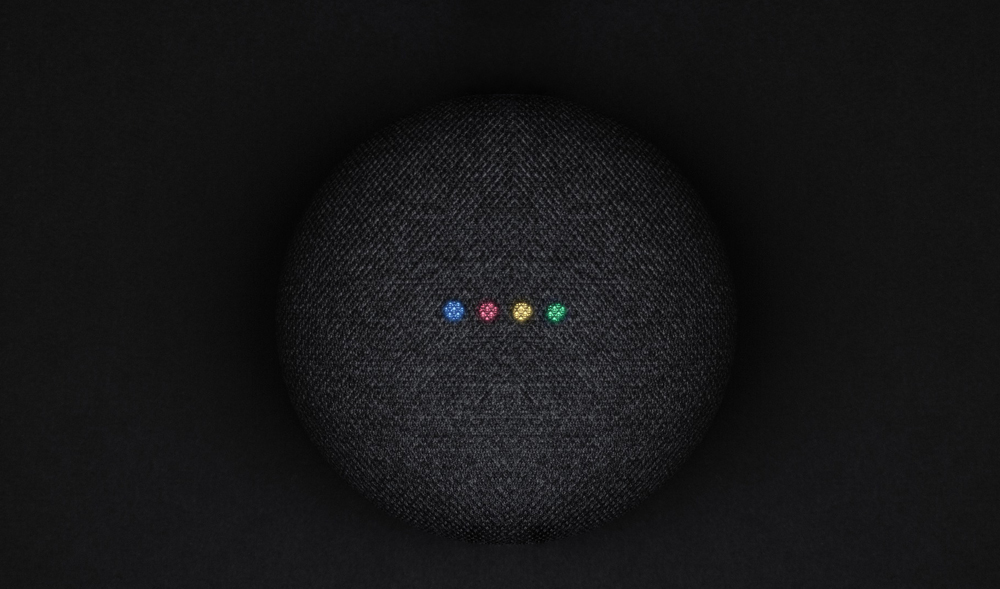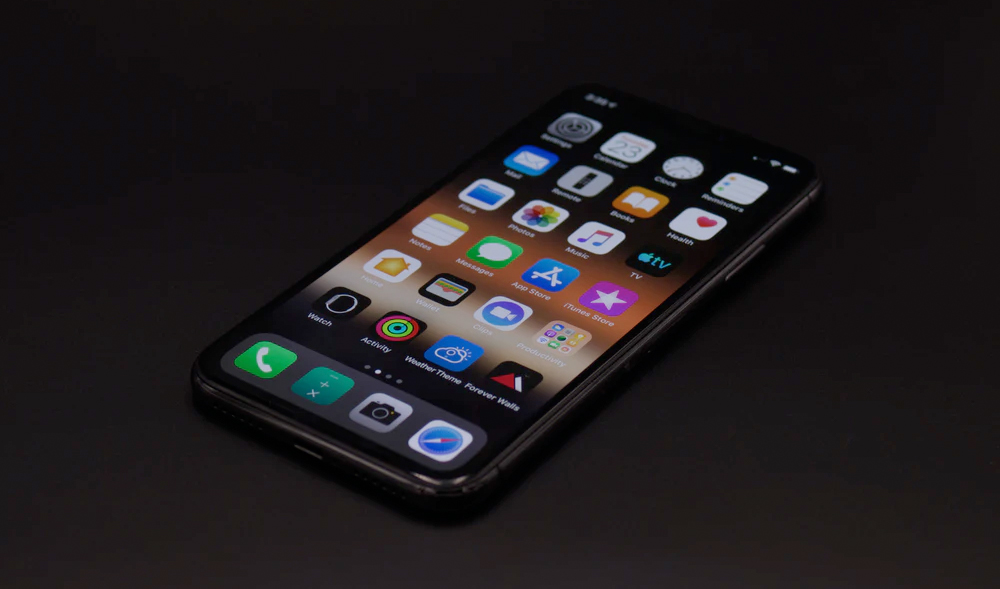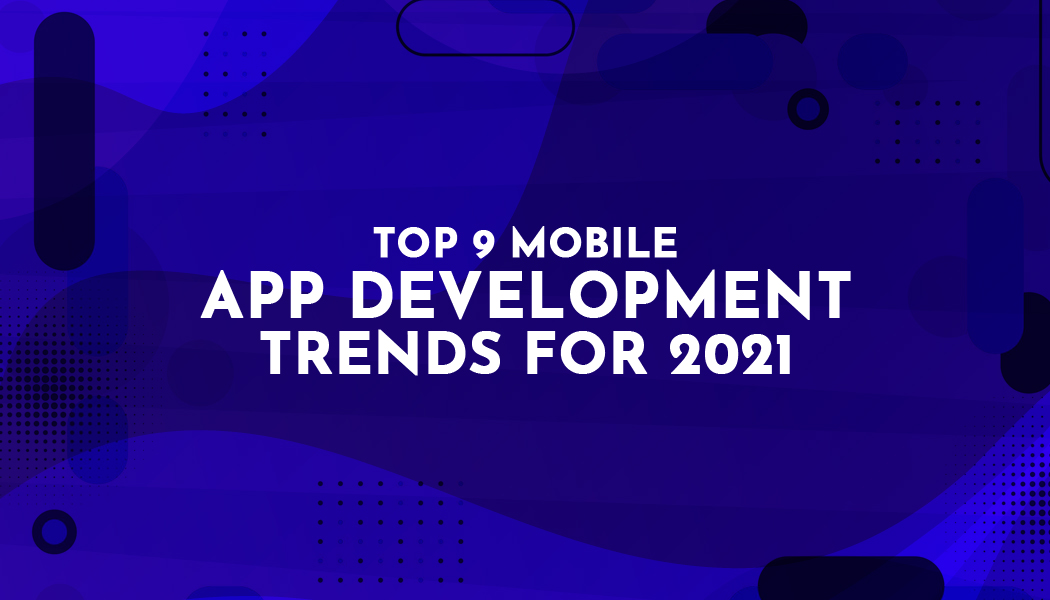Top 9 Mobile App Development Trends for 2021
Smartphones have become an integral part of our daily lives. The mobile app development niche has seen rapid growth over the last decade as the number of smartphone users has increased and access to the internet has become more accessible in Monitor your home.
According to the study Statista, it predicts that mobile users will increase from 6.95 billion in 2020 to 7.1 billion in 2021 and 7.41 billion by 2024.

Top trends in mobile app development
No doubt, we are overwhelmed by the power of smartphones. Every year adds its share of trends and innovative ideas to achieve the best results in mobile app development. As a mobile app development company/developer/business owner, you need to be aware of the latest trends and technologies in the mobile app development niche to stay ahead of your competition.
Let's take a look at nine mobile app development trends that will rule in 2021.
Beacons will boost location-based marketing.
Beacon is the new name in mobile app development. This low-cost, low-power Bluetooth device sends radio signals to nearby smartphones to send customers relevant offers or track their in-store behavior. This advanced location-based technology helps drive proximity marketing in a big way. Industries like healthcare retail, hotels, etc., are already using mobile apps with beacon-based features to grow their business.
Here's how the beacon technology works:
Beacon services in mobile apps promote location-based marketing.
The modern mobile app offers seamless integration with beacons, indicating that app development is the next stage of location-based marketing strategy.
AR/VR will go beyond gaming

Augmented Reality(AR) or Virtual Reality(VR) is not new to the world of mobile app development. You've probably heard of the popular mobile game Pokémon GO, where thousands of people interact with creatures and virtual objects that don't even exist, thanks to AR.
According to a report published by Statista, here are the expected projections of AR application development until 2025.
Expected projections for AR-based mobile app development by 2025
The potential of this beautiful technology is limitless. In the coming years, the power of AR/VR will revolutionize the user experience in areas such as fashion, defense, technology, education, medicine, etc.
AI-based chatbots & voice assistants

Chatbots/voice assistants are applications that simulate the human way of conversation to help users by providing them with the most relevant information. There are different types of chatbots and voice assistants, some in the form of mobile apps like Alexa, Siri, Google Assistants, and others in web apps.
By implementing AI-based voice assistants/chatbots in apps, these apps can now offer more innovative ways to allow users to interact with the app interface and the business in a seamless, human-like manner. With each passing year, chatbots and voice assistants are gaining popularity in enterprise app development and will soon change the way users interact with their smartphones.
Edge computing over Cloud computing
The number of IoT devices expects to reach 11.7 billion by the end of 2020 and 30 billion by 2025 - [Source.]
As the number of internet-connected gadgets expands exponentially, edge computing becomes a popular demand from developers when the cloud alone cannot handle such a volume of data.
Edge computing processes data at the point of origin, unlike cloud storage, where data processing occurs in data centers. It means that edge devices such as sensor-based devices, routers, mobile phones, etc., act as mini data centers to process and store information. It will help in the real-time processing of data to make better decisions and even reduce security risks.
Big bees like GE, Amazon, Dropbox, etc., have already adopted this technology to grow their businesses. The increasing popularity of IoT suggests that you will be able to use your smartphone to control most of your electronic devices in the coming years.
Instant mobile apps will increase

Instant apps are the next big thing in the mobile app development industry. With their memory-efficient and user-friendly services, these apps have gained a lot of traction in the market.
Usually, you need to install an app to use it, but you can enjoy the services of instant apps without installing them, as they use parts of native apps to give you a feel of what the actual app will be like before you install the full version.
With the increasing use of mobile wallets like Google Pay and Apple Pay for retail purchases and contactless payments, mCommerce has become routine. The pandemic situation, in particular, has caused the curve of people choosing to shop online with an online payment system to skyrocket. Given this vast growth, almost all business owners are now moving towards this technology.
Wearable devices have also gained popularity beyond just data collection and step monitoring. These are driving the e-commerce industry by making it more intuitive for people and will continue to do so in the coming years.
Biometric authentication in mobile apps
Biometric verification (fingerprint/face/iris scanner) is one of the most popular features offered by every vendor. Even in the mid-range or lower mid-range segment, phones with biometric verification features preferred by most smartphone users. It uses identity verification of users before accessing sensitive information such as a bank account, mobile wallets, personal information, etc.
Expected Biometric Authentication Market Revenue by 2025
Based on statistics from Statista.com, the mobile biometric market revenue (worldwide) is forecast to reach $50.61 billion by 2022. Although it is the most demanded technology in mobile app development, building an accurate and better authentication system is still a challenge that developers need to develop to develop apps with better security features constantly.
5G technology
With the increase of AR/VR applications, network capacity needs to increase to implement these technologies.
The fifth-generation (5G) mobile network, which is hundreds of times faster than its predecessor 4G, will boost the market for applications that require high-speed internet, such as 4K video streaming platforms, graphics-intensive online games, heavy AR/VR apps, etc.
According to a statement by Statista, there will be 1.9 billion 5G subscriptions worldwide by 2025. As 5G becomes more stable, faster, and cheaper, developers need to start preparing for this coming wave of technology. With 5G, content quality becomes the priority, and application size and mobile network speed become less of an issue.
Low-code development will be in demand.
To reduce coding complexity and simplify the app creation process, low-code/no-code development is the go-to solution with a more straightforward approach and shorter turnaround time. This no-code technology helps create enterprise apps with minimal or no coding and supports rapid scaling of apps based on business needs.
Low code development for mobile application development
The market for joint code development is booming rapids based on automatic code generation and visual programming principles. Many business owners and developers are interested in this technology as it is increasingly in demand in the market.
In summary
Mobile apps are becoming more secure, more sophisticated, and making our lives easier - professionally and personally. If you are looking for a top app development company in India, you cannot rely on outdated trends and tools to attract customers; you need to be marketable to evolve and stay on top of the changing trends in the mobile app industry. Following these nine trends will undoubtedly help your business grow in 2021.




